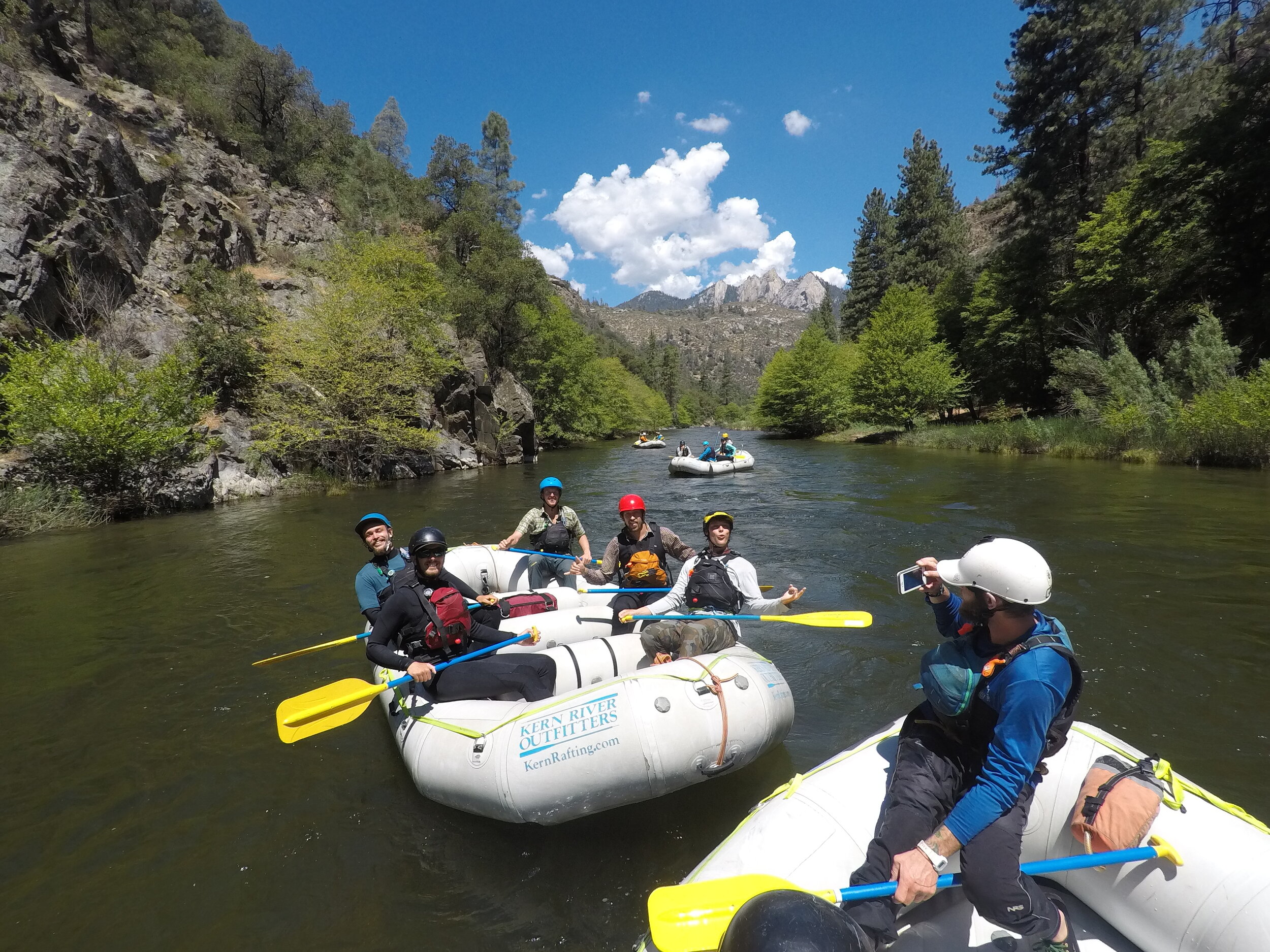Are We Ever Safe In Whitewater ?
Before I begin I want to say that the aim of this short article is too create a healthy debate on the language we use when giving information to commercial rafting guests.
Whist guiding / travelling around the world I get to listen to lots of safety talks & observe lots of commercially run trips. I recently (2019 pre-covid) observed an angry rafting guest arguing with a raft guide after the guest had taken a swim in a shallow rapid. The guest had multiple cuts and bruises to the back of his legs along with pain in his lower back that presented its self as a bruised coccyx.
The rafting guest was angry because during the pre-trip briefing the guide had explained to the guests that if you fall out of the raft put yourself into the "whitewater safety position & you will be safe". "Lie on your back with your feet up and you will be safe" to which the guest argued that this was not the case.
This made me think. As commercial guides is the word “safe” the correct word to use?
Can our guests ever be 100% safe during a rafting trip?
At the start of the trip we often ask our guests to sign a waiver which often mentions that Rafting is a risk sport XXX rafting cannot guarantee your safety then, during the trip, the guides will often use the word safe many times.
It seems to me that we are un-intentionally giving our guests mixed messages & unreliable information, which in turn makes us as river guides look un-professional.
For those who have attended a workshop run by myself you may have heard me mention the 3 S-words that are forbidden.
Safe - Our guests are never 100% during any part of a river trip.
Shit - As it means you have made a mistake, our guests don't need to hear about your mistakes.
Sorry - this means you are accepting responsibility for your mistake even though the guests have already been informed that rafting is a risk sport.
You only need to look at any rafting carnage video on YouTube where the guest is doing exactly as they have been instructed to do so and yet they still get put into a potential life threatening situation in their eyes.
How many times have you heard a customer say after a long swim "I thought I was going to die".
My challenge to you is next time you work as a guide count how many times you use the word safe during a trip . Then ask yourself "is the customer going to be 100% safe" Am I really telling them the truth?
In order for us to keep commercial rafting sustainable we need to be as transparent as possible with the truth to our guests and not sugar coat the truth with the safe word.
Mark Hirst is an international rescue training instructor and on the board of the International Rafting Federation’s guide training and education program. If you are interested in Mark’s prgrams and courses you can learn more about Lapin Koskikoulu. If you would like to check out some more opinion on legal issues in rafting within the United States you can learn more here.





